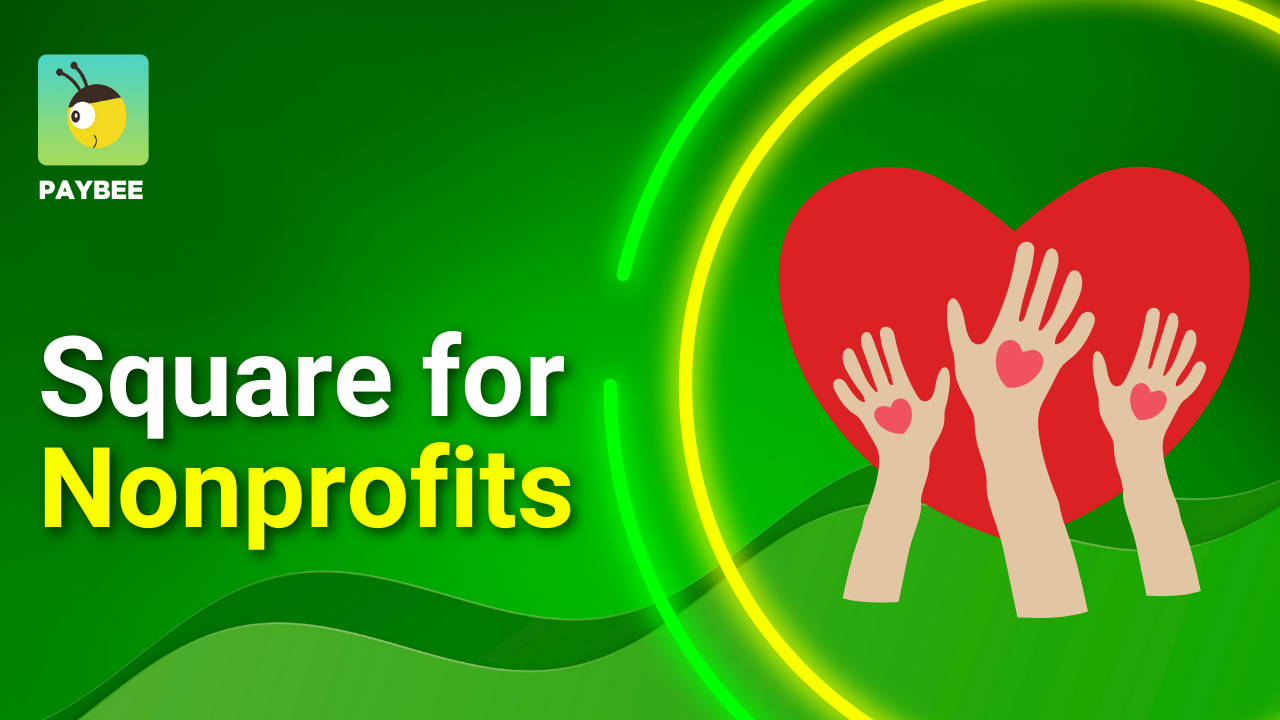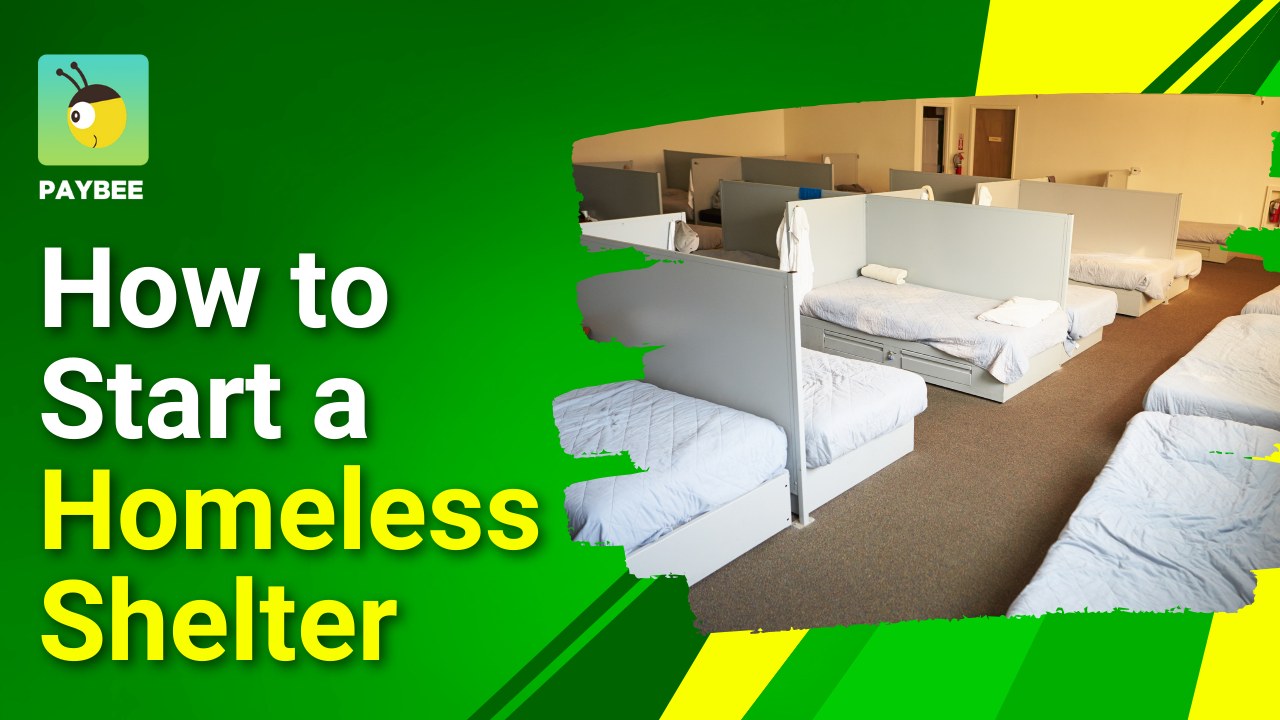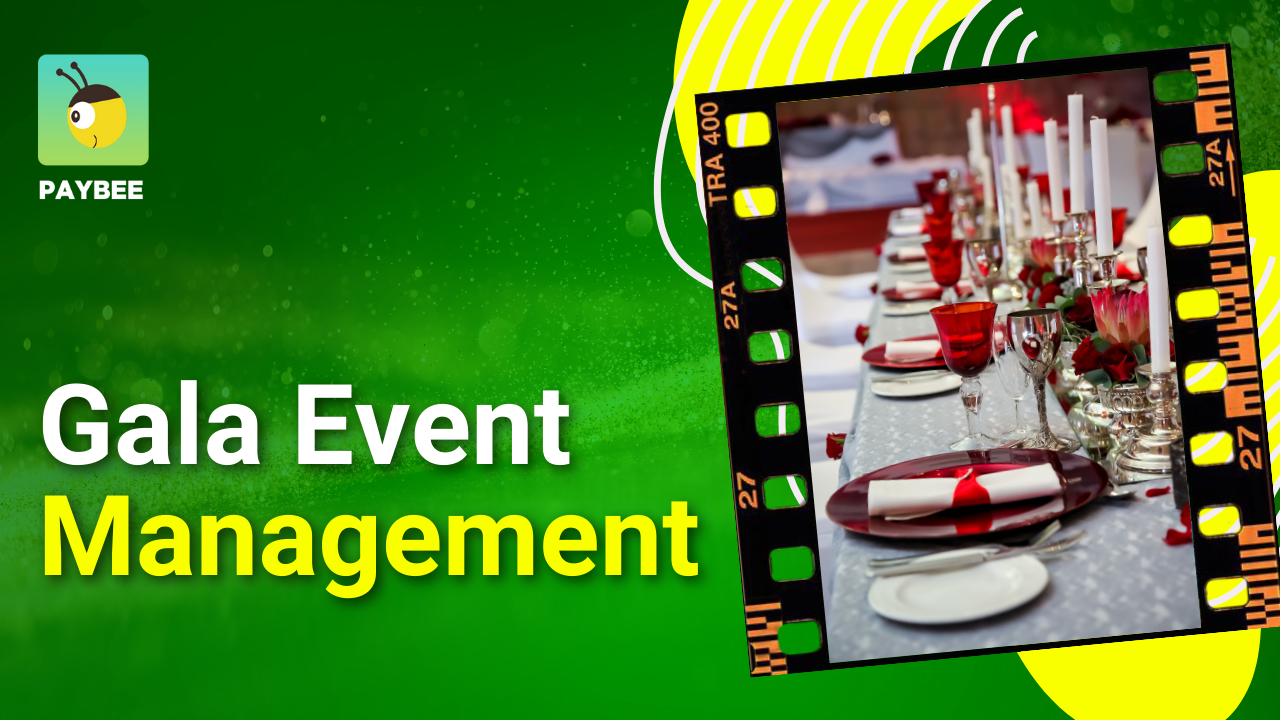
How to Create a Bid Sheet for a Silent Auction in Ten Minutes!
How to Create a Bid Sheet for a Silent Auction in Ten Minutes!
Quick Answer: How to create a Silent Auction Bid Sheet Quickly?
Tools like PayBee can help you streamline this process by automatically creating bid sheets for you via bulk upload or manual item entry. These bid sheets include all the essential fields such as item information, starting bid, bid increments, bidder contact info, item information and more!
Key Takeaways:
- Design with Clarity in Mind: Simple layouts usually produce the best results.
- Set Reasonable Bids: Starting around 50% of market value with reasonable bid increments seems best to promote biding.
- Add Key Information: Item name, description and fair market value and are amongst the key metrics needed.
- Add a Virtual Element: Ofering online bidding through QR codes helps to include more donors and streamline the bidding process.
- Follow Up: Verify winners and make sure payment has been collected! Made easier with a too like PayBee!
I had never thought of an action bid sheet being anything special until one time I was volunteering for my first big silent auction for a local animal shelter. I was pretty please with myself and feel like I had it all figured out. I lined up all the clipboards perfectly and the other volunteers were flashing grins, the room was buzzing with chatter and everyone was chatting and being friendly. Then, boom, halfway through it was complete chaos, just like that.
Apparently two bidders had scribbled their names in the same spot on the sheet for a “Weekend Getaway at Lakeview Lodge.” One was at the dessert table bragging about their win to a few of their friends while the other was brandishing the auction form like it’s evidence in a murder trial, swearing their handwriting was clearly better. I started sweating while cross referencing emails, all the while the clock was ticking and everyone watched my every move. We finally sorted it all out, but I still cringe thinking about it, hours lost, bids missed and a few folks left grumbling. And it was my fault.
That night was my crash course in why a silent auction bid sheet is the stage manager of your event, quietly running the show so everyone else can shine. Back then, our sheets were pathetic, torn notebook pages with barely coherent writing sometimes with names like “Cat” that were actually Carl.
That’s when I decided to take our bid sheets a lot more seriously? We’re talking crisp designs, nonprofit logos, QR codes for hybrid bidding that let folks use their phones. Tools like Paybee make it stupidly easy to whip up paper and digital versions, but the heart of it hasn’t changed. A great bidding sheet keeps your donors happy, your volunteers sane and the cash flowing for your cause. I’ve run over a dozen auctions since, and I’m spilling all my hard earned tricks so you don’t have to learn the way I did, through pure, sweaty panic.
Why Your Silent Auction Form Is More Than You Think
If you’ve ever been knee deep in a fundraiser, juggling clipboards and a megaphone while someone’s asking where the bathroom is due to lack of signage, you know the little things can make or break you. The auction form, either a piece of paper or app screen, is your sanity, literally. It stops your event from turning into a “Who bid what?” circus. I heard most nonprofits heavily lean on auctions for most of their fundraising by something like 75%. And it makes sense, silent auctions are fun, accessible and can rake in serious donations without a huge budget. But a sloppy sheet? It’s like forgetting the lines to your play, everyone hesitates and you lose momentum.
Top 5 Reasons Bid Sheets Drive Auction Success
- Streamline Bidding: Clear sheets prevent confusion so no one’s arguing over who bid what.
- Spark Competition: Displaying bids pushes people to outbid each other.
- Collect Data: Names and contacts on the sheet help you build a donor list for future fundraising events.
- Boost Revenue: Organized bidding encourages higher offers so you can make the most profit.
- Look Professional: A clean and branded sheet builds trust and makes your event memorable.
A good bidding sheet does three important things, it clearly guides your bidders on what to do and when, captures their info for future outreach opportunities and builds trust by showing you’ve got your act together. I’ve seen fuzzy sheets scare people off, they’re unsure of the rules, so they don’t bid. Clear ones, though? They spark that friendly rivalry where one bid nudges another, and suddenly your totals are climbing and you can see the night ending in success.
Plus, it’s your chance to look legit without saying a word since your donors will notice when things feel organized. For hybrid events, where some folks are scribbling in-person and others are tapping online, the sheet’s your bridge making sure everyone’s capable of participating. But skip the details and you’re not just missing bids, you’re missing connections that could keep your nonprofit going for years.
Tip: Print extra sheets for hot items. We’ve seen times when a specific bid sheet filled up within the first half hour, it doesn’t always happen, but when it does make sure people can keep placing their bids.
Avoid These Rookie Mistakes
Although these forms might seem pretty straightforward, there are ways of making them not so user friendly. For most people holding their first auction, I see a lot of people trying to overdesign, think a rainbow colored sheet with curly fonts. It might sound like a great idea, but it will be too ‘busy’ and most likely end up looking like a kid’s art project and not something you want displayed on each table. You want to stick to clean, high contrast colors (black on white) and simple fonts.
Another trap, including a crazy increment for smaller prizes. For a $100 themed gift basket, keep raises at $10 to 15, not $50 or you’ll scare off casual bidders. Vague item descriptions are another no no, a generic listing of “Art Piece” doesn’t cut it. Spell out what’s included, like “Framed watercolor by local artist Jane Doe, 24x36 inches, valued at $300.” It sounds so much sophisticated and therefore expensive.
Timimg you closes is another big mistake we see. Closing all sections at once is madness just trying to read all the bid sheets at once while everyone just stands there watching. Rather, stagger them to keep the energy up. Don’t skip recognizing your donors either! A “Donated by…” line builds goodwill. And for hybrid setups, failing to sync paper and digital bids is a nightmare, always note “Check the app for updates.” I’ve seen these types of mistakes tank bids by 20% or more, so fix them, and you’re already ahead of the game.
Must Have Auction Form Ingredients
A great auction form is like a good recipe, simple ingredients, done right, make all the difference. Here’s what I’ve learned works after years of tweaking:
- Item Title & Description: Bold the name! “Weekend Getaway at Lakeview Lodge for Two” and add a juicy blurb as your item information, “Unwind with two nights in a cozy lakeside cabin, gourmet breakfasts included, perfect for romance or recharging. Valued at $500, donated by Lakeview Resorts (expires Dec 2026).” It hooks bidders and avoids confusion. You can even add categories for a clearer auction.
- Starting Bid & Increments: Start your minimum bid at 30 to 50% of fair market value, $150-250 for that $500 getaway. Say “Raise by $25” to keep things tidy and competitive. Variable increments, a bid increase of $10 early and $25 later work for big ticket auction items.
- Donor Recognition: A tagline like “Thanks to Lakeview Resorts for their generous donation!” makes sponsors feel seen and encourages repeat support.
- Bidder Info: At least 20 lines for name/number, phone/email, and bid amount. Add “Print clearly—bids are final!” to dodge any potential disasters.
- Buy Now Option: For hot items set a price at 150 to 200% of the item’s value. It’s a quick cash grab and adds excitement if someone goes for it.
- Payment Reminder: “Winners pay at checkout, cash, card, or app.” This saves you chasing people down and lessens long lines. Always follow your organization’s donation tracking or tax receipt policy when recording bids and payments.
- Readable Design: 16 to 20pt sans-serif fonts (Arial’s my go-to) and generous spacing make it smart for older donors and dim rooms.
- QR Code: A printed code on your sheet or even flyers that links to digital bidding for hybrid events. Test it first, nothing’s worse than a dud code to stop your night in its’ tracks.
These pieces say, “We’re ready for your generosity.” Get them right and your bidders will happily give freely.
From Clipboards to QR Codes
Not all that long ago auction forms were a mess, think smudged ink, crumpled edges and coffee stains from who knows where. But there are still plenty of charity founders who love those old paper sheets and are fond of saying, “Apps crash, paper doesn’t.” And there is a bit of a point, there’s a charm to signing your name and almost feeling like you’re staking a claim. But it can still lead to problems if you’re using cheap pens or paper that is slick and doesn’t absorb the ink quickly enough.
Today auctions are a whole new world. Hybrid auctions let folks bid in-person or online, with QR codes linking to apps for real time updates. It’s super inclusive since remote donors can easily join from their couches and busy attendees can check bids during cocktail hour. This tech can make a local affair a world wide event just by going hybrid and using tools like Paybee’s hybrid features. But tech isn’t foolproof. A storm can knock out your Wi-Fi mid event, so make sure you always have those paper backups so you never miss a bid.
And even better, have both available so everyone feels comfortable and goes smoothly, just add your logo, a “Thanks for supporting us!” note, and space for doodles if your crowd’s playful. It’s like upgrading from a flip phone to a smartphone, you keep the basics but make the experience smoother.
Build Your Auction Form in 5 Steps
You don’t need to be a graphic designer to make a killer bidding sheet. I’ve done it in 15 minutes flat using Canva’s free version, and I’m no designer, so you can do this:
- Choose a Simple Layout: Search “auction bid sheet” in Canva. Pick a portrait or landscape template with one column and lots of white space. Skip the frilly stuff, clutter’s your enemy.
- Add the Core Stuff: Pop in the item title, description, fair market value, starting silent auction bid, your bid increment and any auction rules. Use bold for headings, italics for blurbs. Toss in a buy-now option if it fits.
- Make It Readable: Black text on white paper, 16 to 20pt Arial. I once used a fancy font and watched a bidder squint like they were decoding hieroglyphs, never again.
- Add Some Heart: Include your logo, a “Happy bidding!” note, and a QR code for digital folks. Make the bidding table clear: columns for name, contact, bid.
- Test It Out: Print a sample, have a friend play bidder and time it. Check QR scans from a few feet away. I caught a tiny font issue this way once, because, of course, I forgot to check.
Tip: Use consistent designs across froms but tweak descriptions for each auction item. White space keeps things calm and your volunteers will thank you.
After the Auction: Closing, Collecting & Following Up
Once the last bell rings (or your emcee finally puts the mic down), the real work kicks in. This is the part nobody talks about, but it’s what separates a smooth event from one that ends in a pile of crumpled bid sheets and question marks.
First things first. Double check your winning bids before you start calling names or swiping cards. Make sure every line’s legible, totals make sense and that Carl didn’t sign as “Cat.” If you’re using digital bids, confirm everything syncs correctly between your paper and app versions. Nothing kills the post auction buzz faster than realizing two people think they won the same spa package.
Next, get payments squared away fast. Have your volunteers or checkout team ready with clipboards, card readers, or tablets so folks aren’t waiting around. Momentum matters, auction participants are still riding that feel-good wave of giving, so make paying easy and cheerful.
Then, within a day or two, say thank you. Send quick emails or handwritten notes to both the bidders and the donors who provided items. It doesn’t have to be fancy, a warm “We couldn’t have done it without you” goes a long way. I’ve seen a simple thank-you turn one time bidders into lifelong supporters.
Finally, log everything. Record winning bids, contact info, and totals while it’s all fresh. Trust me, you’ll thank yourself next year when you’re planning the next one and wondering, “What did that Lakeview Lodge package go for again?”
Final Thoughts
Every auction night, when the lights dim and the last bid’s tallied, those bidding sheets tell a story. They’re not just forms, they’re a permanent record of your event and can tell you what you’ve done well, what needs improvement and how to make more money at your next event. You can also just look at the sheets to see if you’ve allowed enough room for people to write clearly with all their important information. So don’t just throw them in the trash at the end of the night. Use them to gather any contact information you may not already have. Check them against your list of supporters and add new ones, and when everything is recorded, thank every single person that came to your event.
Start Fundraising






